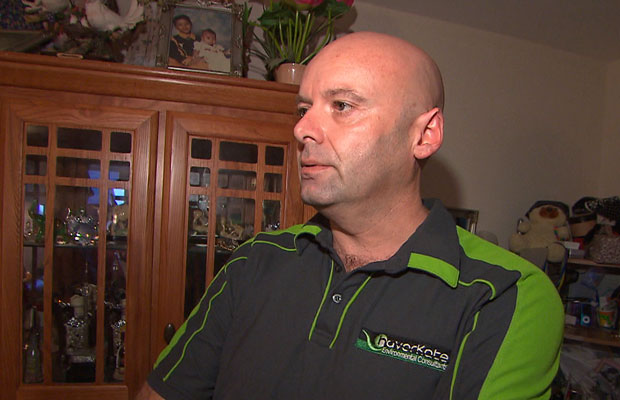What High Radon Means for Your Family’s Health
December 15, 2025 Your home’s indoor air quality may be one of the most significant indicators of your long-term health and wellness, despite being one of the most invisible elements of the home environment. At SafeAir, we help families assess the health of their indoor environment by addressing hidden or little-known air quality problems such as radon gas. Radon is a naturally occurring radioactive particle that poses a well-documented risk to human health. Radon testing is the only safe and reliable way to know if your home is affected, and what mitigation strategies might help reduce your exposure. Here’s what air quality testing in Toronto can reveal about your risk.
read more View All

